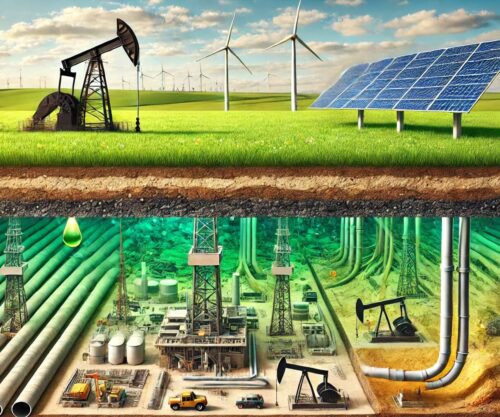
Once considered a key technology in the green energy transition, companies are waking up and finding out that hydrogen isn’t the answer to the challenges posed by renewable energies such as wind and sun. [emphasis, links added]
“Instead of progress, disillusionment dominates. The EU, in particular – especially Germany – is increasingly being criticized for its costly projects,” reports German online Blackout News. “Companies are pulling out”.
Hydrogen is expensive, hazardous, and a real technical challenge that doesn’t promise to be economically feasible.
The gas is metallurgically aggressive, highly flammable, and explosive. Its chemical properties make a comprehensive infrastructure difficult to manage.
Moreover, producing green hydrogen is “barely affordable,” and industries are reluctant to use the volatile gas because it risks being unprofitable.
High costs, low demand, and political misplanning are currently jeopardizing the strategy, according to an analysis by Westwood Global Energy Group: “Only a fraction of the planned EU hydrogen pipeline is likely to be operational by 2030.”
Germany has funded an ambitious green hydrogen project in a protected desert area in Namibia, and now it may be demolished for port expansion as the country’s new president is reportedly reassessing the project and looking at a potential shift toward the established oil sector.
Technical analyses indicate that hydrogen is only suitable as a selective energy source.
Unless there is a major change of course, the EU’s hydrogen strategy risks being a costly failure.
Top image via Wärtsilä Corporation/YouTube screencap
Read more at No Tricks Zone



















Whether you are a climate activist, or climate realist, the use of hydrogen has never made sense. The physics is just against it. Storage requires insane pressures of 6,000 to 10,000 psi. These pressures are made less safe because hydrogen penetrates and weakens metals. If the option to use liquid hydrogen is used, it must be kept at -253°C (-423°F). From the view point of reducing emissions, there is no good source of hydrogen. Historically it is derived from natural gas, a process that releases carbon dioxide. It can be produced by electrolysis, but this is twice as expensive and taxes power grids which are often on the verge of failure.
We used electrolysis on our nuclear subs but not to create H2 but O2 which allowed us to stay submerged for months. The hydrogen was bubble overboard but because the hydrogen is highly flammable so the plant was nicknamed “The Bomb”. But the amount of H2 produced by this plant would not be enough to power anything so the size of an electrolysis plant that would produce enough H2 would, as you say, require a lot of electricity which would be generated by what? To be CO2 free that would have to be nuclear so why not just use the electricity generated by the nuke plant to power the grid. Nah, makes too much sense.